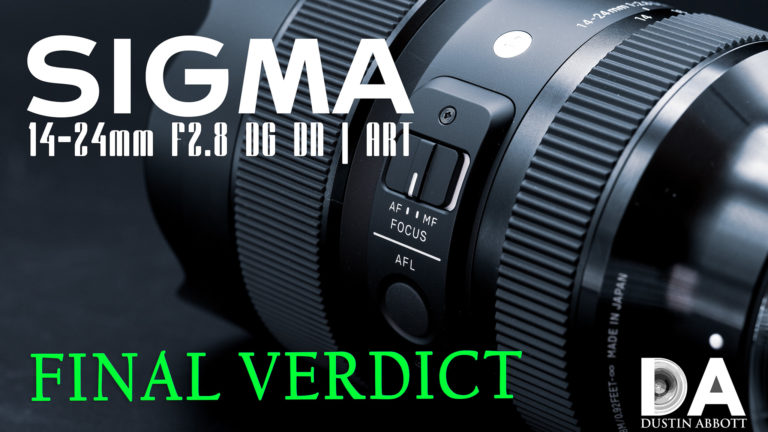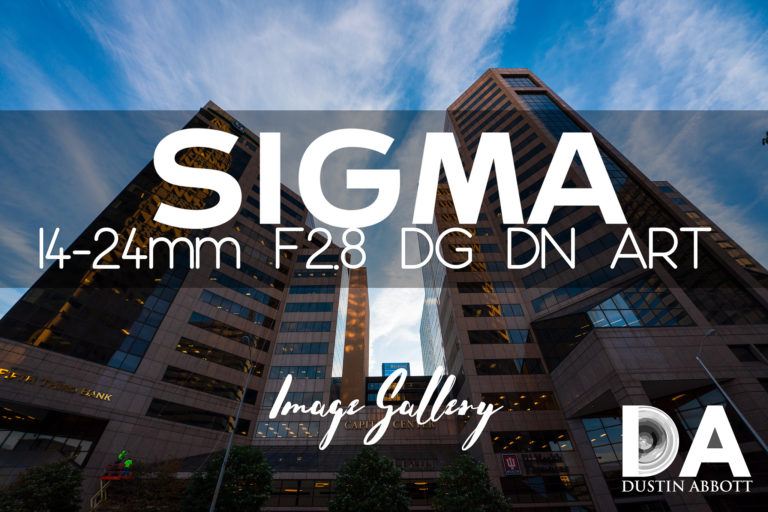Sigma 14-24mm F2.8 DC DN ART Review

After dipping their toes in the Sony FE (full frame mirrorless) pool last year with retooled versions of some of their popular ART series lenses (essentially lenses with built-in adapters to make them compatible with Sony), Sigma has arrived on…

